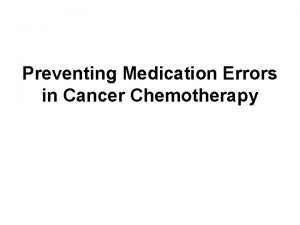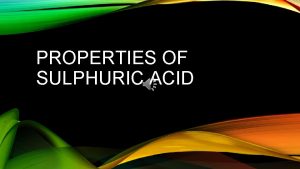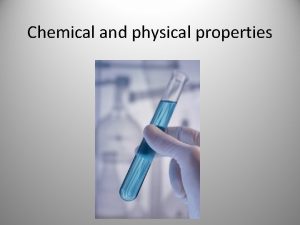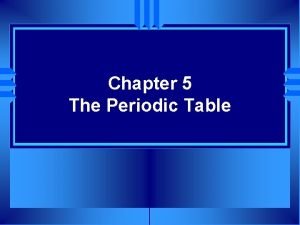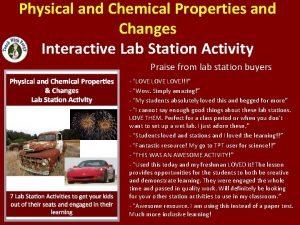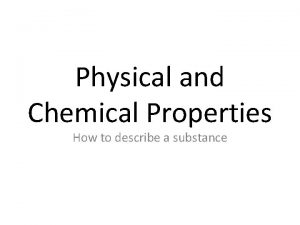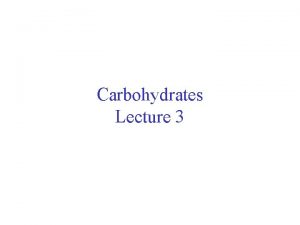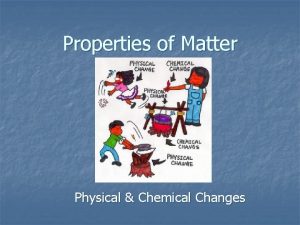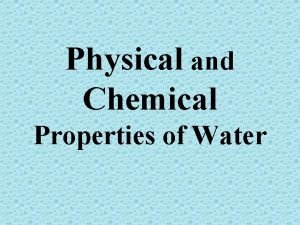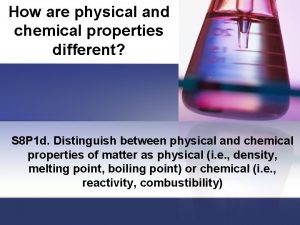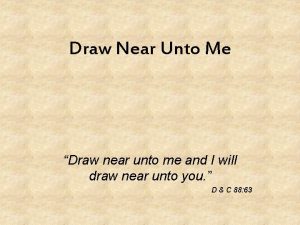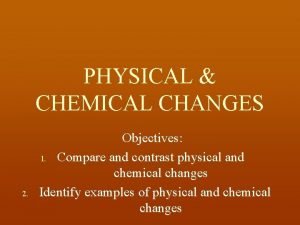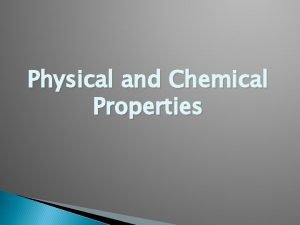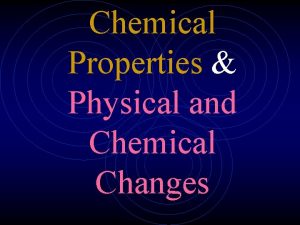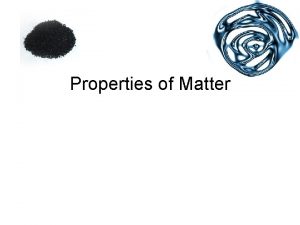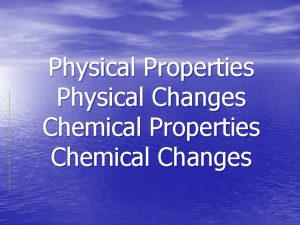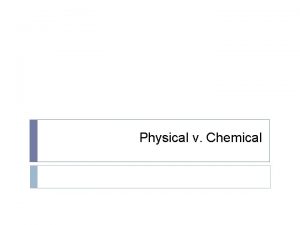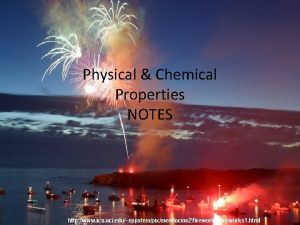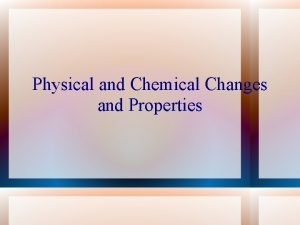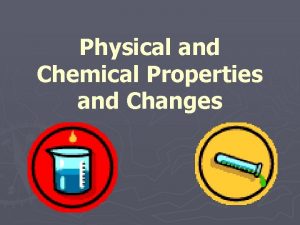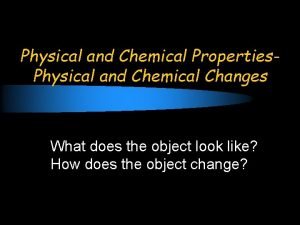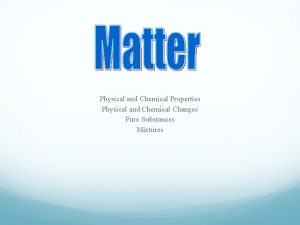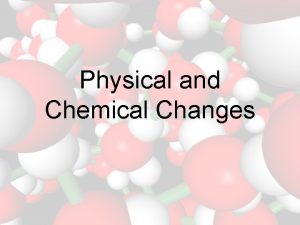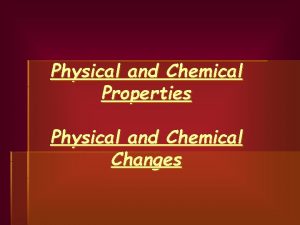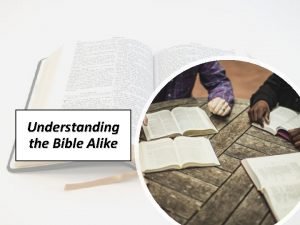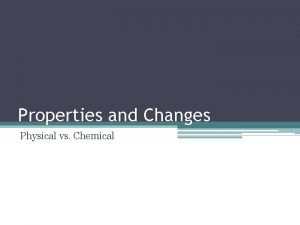Physical and Chemical Properties Alike Different Draw a
























- Slides: 24

Physical and Chemical Properties

Alike? Different? • Draw a double bubble map in your notes to compare and contrast physical and chemical properties.

Properties of Matter-Words to Know…

Matter Anything that has mass and takes up space!

Mass • A measure of how much matter is in an object.

Weight • A measure of the force of gravity on an object.

Volume • The amount of space that matter occupies.

Density • The measurement of how much mass of a substance is contained in a given volume. • Mass/Volume • I Density

States of Matter • There are different “states” of matter. No, not like Texas, Oklahoma, New Mexico. States of matter are also known as phases (a physical state of matter). Elements and compounds can move from one phase to another phase when special physical forces are present. • Solid • Liquid • Gas

Solids • Definite volume • Definite shape

Liquids • Definite volume • No definite shape

Gases • No definite volume • No definite shape – Take the shape of their containers

Freezing point • The temperature at which a liquid changes into a solid. The freezing point of water is 0 Celsius

Boiling point • The boiling point of an element or compound means the temperature at which the liquid form of an element or compound is at equilibrium with the gaseous form. • the boiling point of water is 100 degrees Celsius.

Melting point • The temperatures at which the solid form of the element or compound is at equilibrium with the liquid form. • Basically the range at which the solid changes its state • The melting point of into a liquid. water is 0 degrees Celsius MP=FP!

Compound • A substance made of two or more elements chemically combined in a set ratio. – Water and salt are 2 examples of compounds.

Mixtures • A mixture is a physical blend of two or more substances that are not chemically combined – Salt & Water – Sand – Rocky road ice cream

Homogenous Mixtures • Evenly distributed, uniform in composition, – Components are not visible discernable • Salt water

Heterogeneous Mixtures • Mixture that is not uniform in composition – Parts easily discernable

All substances have properties… Including people! Example: People can be identified by their … Face (shape, Voice Height Finger prints Teeth DNA expressions) Eye color Hair color

What are properties? • Matter has observable and measurable qualities. • We can use general properties to identify substances. • Two basic types of properties of matter: Physical properties and Chemical properties:

Physical Properties • Physical properties are used to identify, describe and classify matter. – Characteristic of a substance that can be observed (using your senses) without changing the substance into something else. Hardness Texture Color Odor Taste Temperat ure

More EXAMPLES Physical • size, shape, freezing point, boiling point, melting point, magnetism, viscosity, density, luster and many more. – Viscosity - The resistance of a liquid to flowing. – Examples: – Low viscosity-water, rubbing alcohol – High viscosity-honey

Chemical Properties • Chemical properties are characteristics involved when a substance interacts with another substance to change its chemical make-up. Flammability Rusting Creating a Reactivity with new chemical water product Creating gas bubbles p. H
 Is smell a physical property
Is smell a physical property Medical terminology lesson 2
Medical terminology lesson 2 Look alike drug list
Look alike drug list Sound alike drugs
Sound alike drugs Automania definition 1950
Automania definition 1950 1 dimensional figures
1 dimensional figures Chemical properties of sulphuric acid
Chemical properties of sulphuric acid A scientist performs an experiment, and an actor performs a
A scientist performs an experiment, and an actor performs a Thermal properties of dental materials
Thermal properties of dental materials Physical change
Physical change Physical properties of helium
Physical properties of helium Physical and chemical properties of boron
Physical and chemical properties of boron Physical and chemical properties interactive
Physical and chemical properties interactive Physical properties of sodium
Physical properties of sodium Physical properties of monosaccharides
Physical properties of monosaccharides Physical properties
Physical properties Water chemical and physical properties
Water chemical and physical properties Physical and chemical properties sorting activity
Physical and chemical properties sorting activity Why do different polymers have different properties
Why do different polymers have different properties Physical/chemical changes & properties color by number
Physical/chemical changes & properties color by number Draw near unto me and i will draw unto you
Draw near unto me and i will draw unto you Compare and contrast chemical and physical changes
Compare and contrast chemical and physical changes Egg drawing
Egg drawing Bean parts
Bean parts Empirical formula pogil
Empirical formula pogil


